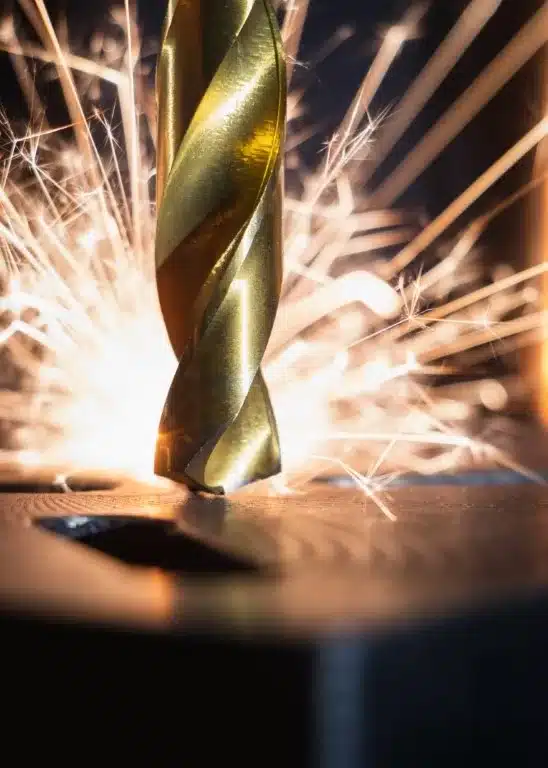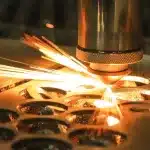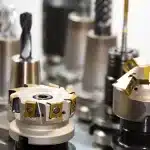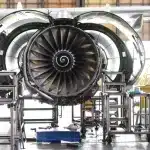In the world of manufacturing and machining, tool fracturing can be a significant issue. It not only disrupts the manufacturing process but also incurs additional costs for tool replacement. However, the silver lining to this situation is the Research and Development (R&D) Tax Credit, which can help offset the cost of resolving tool fracturing occurrences.
Finding the Root Cause of Tool Fracturing
Understanding the root cause of tool fracturing is the first step towards a solution. It could be due to the materials used, the machining processes, or even the design of the tool itself. Once the cause is identified, R&D activities can be initiated to find a solution. These activities can range from experimenting with different materials, redesigning the tool, to modifying the machining processes.
Applying Solutions to Prevent Tool Fracturing
Once the root cause is identified, the next step is to apply the solutions. This could entail revising the design of the tool, altering the machining process, or even switching to a different material. The goal is to find a solution that not only prevents tool fracturing but also increases the efficiency and productivity of the machine shop.

Increasingly, organizations combine AI with performance data to generate and refine key performance indicators, both with and without human intervention.
– MIT Sloan Management Review
Monitoring and Evaluating the Effectiveness of the Solutions
After the solutions are applied, it’s important to monitor and evaluate their effectiveness. This involves tracking the performance of the tools, assessing the frequency of tool fracturing, and measuring the overall productivity of the machine shop. The data collected from this step is vital for fine-tuning the solutions and making further improvements.
Claiming R&D Tax Credit for Resolving Tool Fracturing
The good news for machine shops is that these activities can qualify for the R&D Tax Credit. This means that the costs incurred in resolving tool fracturing can be offset by the tax credit. This includes the cost of materials, wages for the employees involved in the R&D activities, and even the cost of third-party contractors if they were involved in the project. The R&D Tax Credit is an incentive provided by the government to encourage companies to invest in innovation. By claiming this tax credit, machine shops can significantly reduce their tax liability and reinvest the savings back into their business.
Estimate Your R&D Tax Credit
If your manufacturing process has been involved in activities to resolve tool fracturing, you may be eligible for the R&D Tax Credit. To find out how much you can save, click on the button below to get an estimate of your potential tax savings.

 - EN
- EN  - EN
- EN


